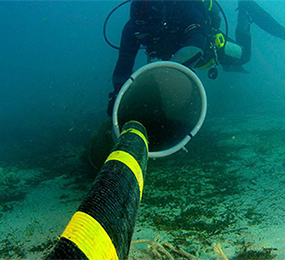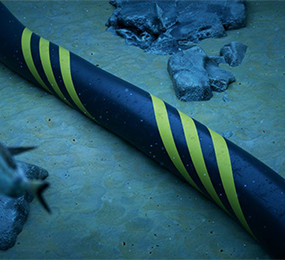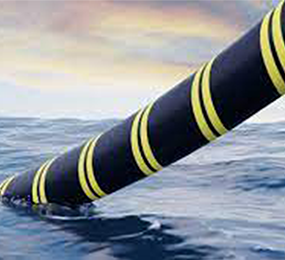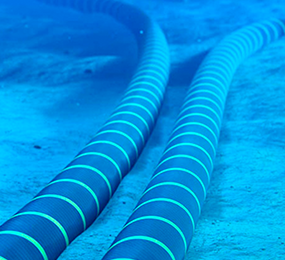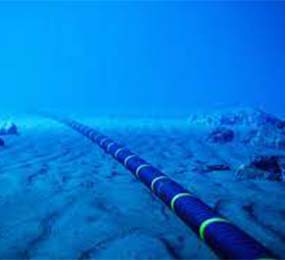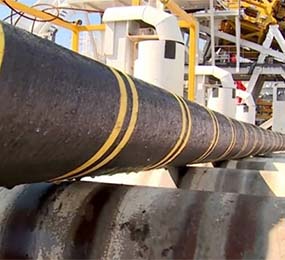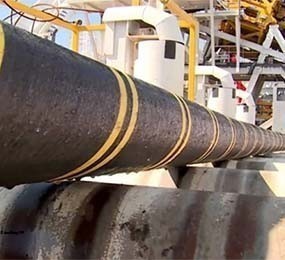Submarine Power Cables: Key Challenges in Installation and Maintenance
Submarine power cables, crucial for connecting offshore wind farms and islands to the mainland grid, present unique challenges due to their underwater environment. Installation is a complex process involving laying the cable on the seabed, often in deep waters with strong currents and unpredictable weather conditions. This requires specialized equipment, such as cable-laying vessels and trenchers, to ensure proper positioning and protection from external forces.
Maintenance is another significant hurdle. Regular inspections are essential to identify and address potential issues like corrosion, abrasion, and damage from fishing gear or marine life. Underwater robots and remotely operated vehicles (ROVs) are employed for these inspections, but their effectiveness can be limited by factors such as visibility, water depth, and the cable's condition. Repairing damaged cables can be a time-consuming and costly endeavor, often requiring specialized diving teams or underwater robots to connect new sections or patch the damaged area.
Moreover, the long-term reliability of submarine power cables is affected by factors like seabed movement, temperature variations, and the corrosive nature of seawater. To mitigate these risks, cables are typically buried or armored to provide additional protection. However, even with these measures, unexpected failures can occur, leading to power outages and economic losses.
Visit our website to know more: https://www.leadventgrp.com/events/4th-annual-submarine-power-cable-and-interconnection-forum/details
For more information and group participation, contact us: [email protected]
Leadvent Group - Industry Leading Events for Business Leaders!
www.leadventgrp.com| [email protected]


